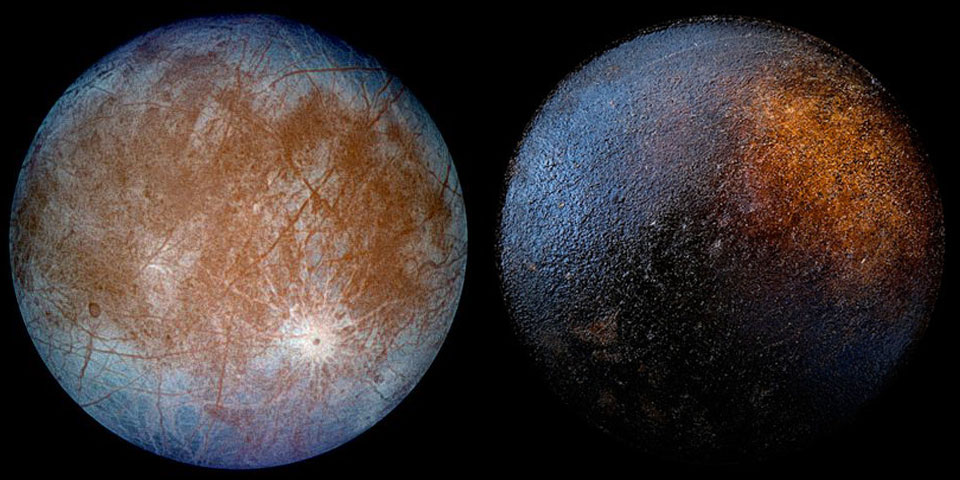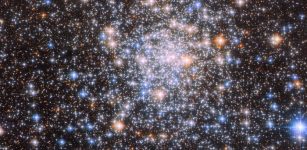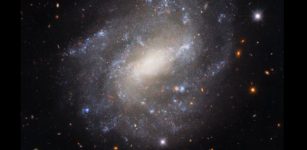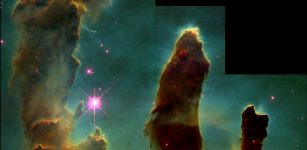10 Great Space Images: Quizz: How Well Do You Know Your Space Photos?
MessageToEagle.com – Can you guess the subject of each of these pictures? How many will you get right?
Test your friends and family to see who knows their space photos the best.
1. Ice on Earth or a Picture of Mars?
2. Dry Land on Earth or a Close-Up of Jupiter?
3. Mercury or Our Moon?
4. Do You Think This is Mars or Our Home Planet?
5. Waves on Jupiter or Saturn?
6. Is this a picture of Mars or Earth?
7. Can You Tell Which is Europa and Which is the Bottom of a Frying Pan?
8. Close-Up of Our Moon or Dwarf Planet Ceres?
9. A Weird World or Our Own World?
10. The Red Planet or a Red Desert?
Answers
1. Mars. You might be surprised, but this image taken by our Mars Reconnaissance Orbiter is of a light-toned deposit on the Martian surface. Some shapes in the terrain suggest erosion by a fluid moving north to south.
2. Earth. This image taken by our Earth Observing-1 satellite shows Lake Frome in central Australia. In this image, the salt lake appears bone-dry, filled with off-white sediment. This area of Australia receives 149 to 216 millimeters of rainfall a year on average, and the basins pass most of their time as saltpans.
3. Mercury. Our MESSENGER spacecraft captured this image of Mercury during a fly by in October 2008. It shows previously uncharted regions of the planet that have large craters with an internal smoothness similar to Earth’s own moon. It is thought that these craters were to have been flooded by lava flows that are old but not as old as the surrounding more highly cratered surface.
4. Earth. Surprisingly, this image take from the International Space Station shows the western half of the Arabian peninsula in Saudi Arabia. It not only contains large expanses of sand and gravel, but extensive lava fields known as haraat.
5. Saturn. Although this pattern of waves is similar to those seen on Jupiter, this is actually a picture of Saturn. The pattern of an iconic surfer’s wave, has been observed in many places all over the universe, including at the edges of Earth’s magnetic environment.
6. Mars. This image was taken by our Mars Reconnaissance Orbiter and shows dunes of sand-sized materials that have been trapped on the floors of many Martian craters. The dunes are linear, thought to be due to shifting wind directions.
7. Left: Europa. Right: Frying Pan. Europa is one of Jupiter’s moons, and is about the same size as Earth’s moon.
8. Ceres. This image taken by our Dawn spacecraft shows an intriguing mountain on dwarf planetCeres protruding from a relatively smooth area.
9. Earth. This image of the Bazman volcano is located in a remote region of souther Iran. While the volcano has the classic cone shape of a stratovolcano, it is also heavily dissected by channels that extend downwards from the summit.
10. Earth. This image of the Great Sandy Desert in northwest Australia shows a variety of dune forms across the region. The photo was taken by the Expedition 35 crew from the International Space Station.
MessageToEagle.com via NASA




















